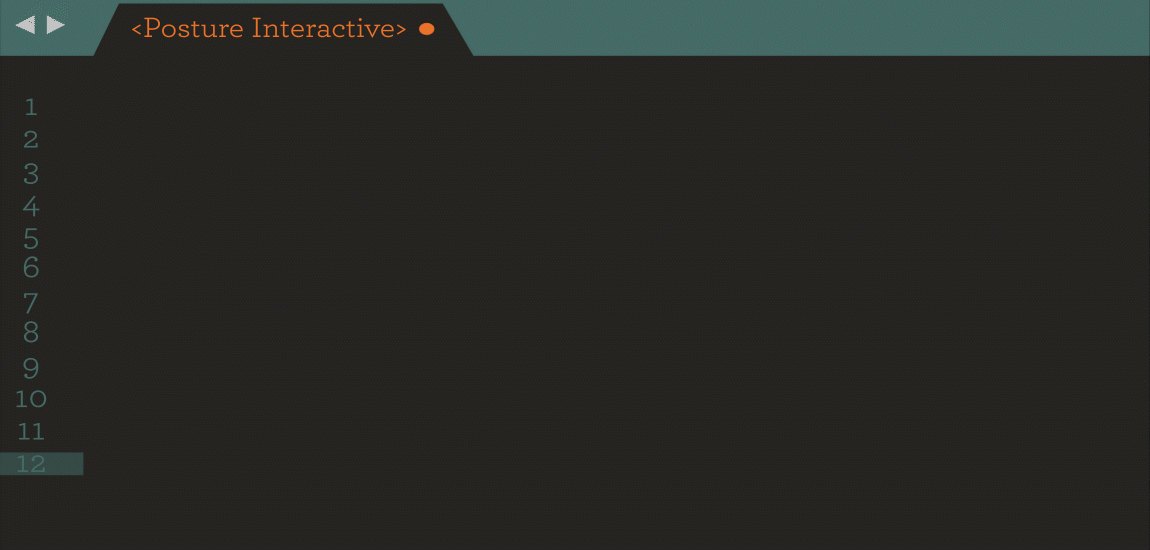
It was the mid-1990’s when I first caught the web development bug. Home computers were just becoming affordable, dial-up was about as good as it got and Geocities was all the rage. (For the uninitiated, Geocities was akin to the great-great-great-great-grandfather of Wix.) The very first website I built was a fan page dedicated to the old TV show “The Wonder Years”, and it had it all! We’re talking about colorful backgrounds, marquee headlines, a view counter and most importantly for any website of the time, a working Guestbook in which viewers could leave feedback.
In those days, the technology stack was fairly simple, relying on mainly just HTML (HyperText Markup Language) with inline styles and built-in tags. Given the lack of options, the table-based layout was king if you needed anything spanning more than one column on the page. Think of an excel spreadsheet; it’s the same concepts where you have rows and columns and can span elements across multiple or single rows to achieve different layouts.
In 1994 everything changed for web developers.
The first iterations of CSS (Cascading Style Sheets) and PHP were first introduced, with JavaScript following shortly after in 1995. CSS gave developers a way to separate the markup (AKA HTML) from the styles (CSS) so you could have cleaner files by applying styles to multiple elements on the page using classes and IDs. Similarly, PHP allowed the user to create reusable templates and cut down significantly on copying and pasting the same code over and over. It also gave us a convenient way to interact with the web server, allowing us to create forms to pass data from the web browser to the server and back again (think of a basic contact form).
Arguably one of the most important changes to the web happened in 1996, with the advent of Javascript.
As a front-end language, it allowed developers to take advantage of some functionality previously only afforded by a backend language. Meaning, we could now leverage the power of the browser to capture and change elements on the page without reloading the page. How exciting!
Since then, the web has changed quite significantly. We’ve seen the rise and fall of Flash which offered a great solution for not only animations but also allowed for video on the web. We’ve watched Google go from a little-known web search engine that helped you find your favorite websites, to a global conglomerate and behind every technological solutions is a team of web developers.
Instead of trying to learn ALL of the things, focus on a particular framework that meets your needs, has a good community following (this one’s huge on the path to success)…
Modern web developers now rely on a wide-range of tools beyond just the basics.
We still have the basics: HTML, CSS, Javascript, PHP etc. but now we have sub-choices to make. Deciding WHAT backend and frontend frameworks you want to use is just as important as a designer choosing a color scheme… and what a number of choices we have! There’s a running joke in the web development community that a new Javascript framework is written every day and the names become more and more ridiculous with each iteration. Take for instance handlebars.js which is an extension of the moustache.js templating system. (No. I’m not joking. Look it up. I’ll wait.)

As the name suggests, it was named mustache because the parentheses look like a Mustache. E.g. {{placeholder}}
With so many choices, how does one decide?
The answer is actually quite simple. Instead of trying to learn ALL of the things, focus on a particular framework that meets your needs, has a good community following (this one’s huge on the path to success) and never stop learning! The reality is that what used to be a single person’s job, now requires a team to be successful. That’s not saying that a lone developer can’t be successful, but behind a single developer is a network of colleagues that help redefine the web landscape through open-source contributions and are available to share expertise on matters that require a unique perspective. As an example, a typical day on the job for me involves the following technologies: HTML, CSS/SASS, Foundation/Bootstrap, Javascript, NPM, PHP, NodeJS, ReactJS, Webpack, SASS, MySQL, WordPress, Adobe XD/Sketch, Photoshop, Illustrator, I could go on but you get the picture!
Whether you’re a Front-end, Back-end, or Full-stack developer, there are so many jobs to be done in order to ensure a successful website. It’s not only about possessing the knowledge and experience of HOW to build a website, BUT also having a good support system from designers, marketers, project managers, and colleagues.
Overall, the community of developers have accomplished so much in just 15 short years, and personally I’m excited to see how far we can push the limits of technology together.